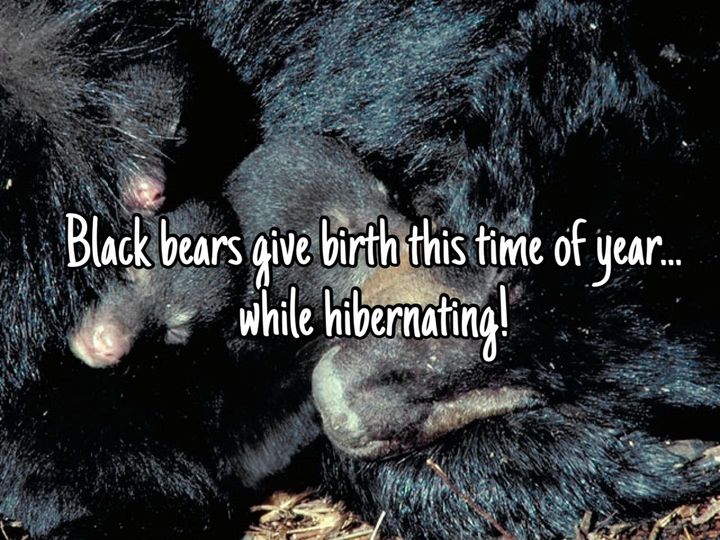It’s hard to believe a whole year has gone by since I started “Wood and Field,” and what an incredible year it’s been! Thanks to the miracle that is the Internet, I’ve made many blogging friends who have shared what’s happening in their woods and fields – as far away as Finland! I remember how excited I was to get my first follower (okay, it was my husband, but you have to start somewhere, right?). Then I got more followers and the comments started to come in, and from then on, I was hooked!
I thought a lot about what I’ve learned over the past year. The first thing that came to mind is that storms in the mountains can come on fast and furious as temperatures fluctuate. I once exclaimed to my husband in exasperation after several weeks of high winds, an ice storm, a tornado, and torrential downpours that transformed the front field into a river and swept away parts of our gravel lane, “How come we don’t ever get any regular weather?”) What I’ve learned is that when you live in the mountains, changes in the weather can be sudden and severe.

a wild South Buffalo Creek during a big storm
The harsh turns in the weather have made me admire the resilience of wildlife all the more. The plants and animals that call the hills and valleys of the Blue Ridge home have evolved to cope with whatever nature throws at them. The lesson for me? I have to adapt, as well. I need to be more like the animals that carry out their routine despite adversity and remember that, eventually, normalcy will return. Of course, we might need to bring in a backhoe when that happens.
I’ve learned to watch the bird activity at the feeders for signs of significant changes in the weather. A special middle-ear receptor called the Vitali organ, can sense changes in barometric pressure. When I see the birds jockeying for position at the feeders and more gathered on the ground and in the trees, I know it’s time to get out the batteries and candles because Mother Nature is on a tear again!

Fueling up for a long winter’s night.
Another lesson I’ve learned is that although we share our space with coyotes, bears, and bobcats, we can co-exist in peace. I have to admit the first time I heard the high-pitched “yipping” of coyotes in the woods, a chill went up my spine, mostly because I didn’t know what to expect. We hear them from time to time early in the morning or at dusk, but they cover a wide territory and eventually move on. We seem to have reached an agreement that they leave us alone and we leave them alone.

Coyotes move in and out of our area, but haven’t caused any problems. Photo by US Fish and Wildlife
Finally, it’s been six years since we stopped mowing the fields and the regeneration is incredible. What used to be a hay field is now full of native grasses, wildflowers, shrubs, and tree saplings. We saw an American Kestrel for the first time this year on the farm, a species that is on the decline in Virginia. The kestrel and other birds of prey benefit directly from the overgrown fields that provide habitat for mice, voles, and other small animals.
I am looking forward to sharing many more vignettes of what’s happening in the natural world as I begin my second year of “Living with Nature in the Blue Ridge.”
37.784021
-79.442816







